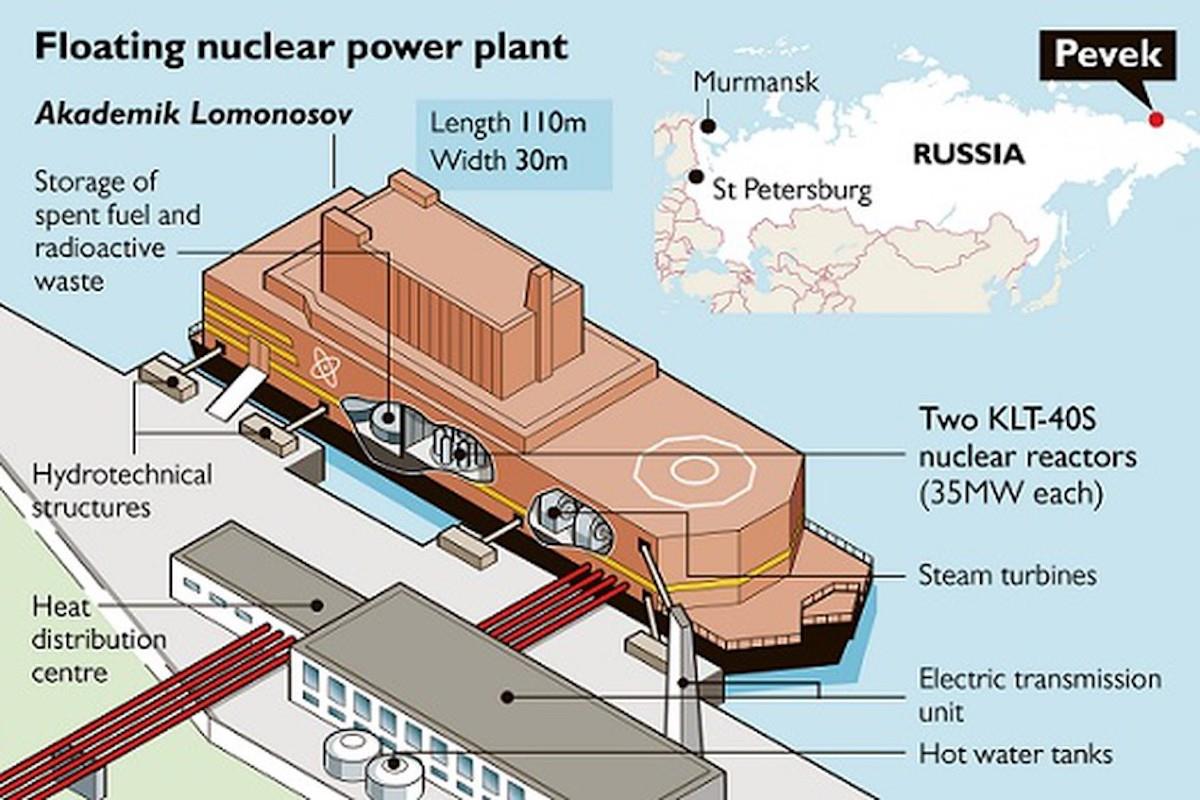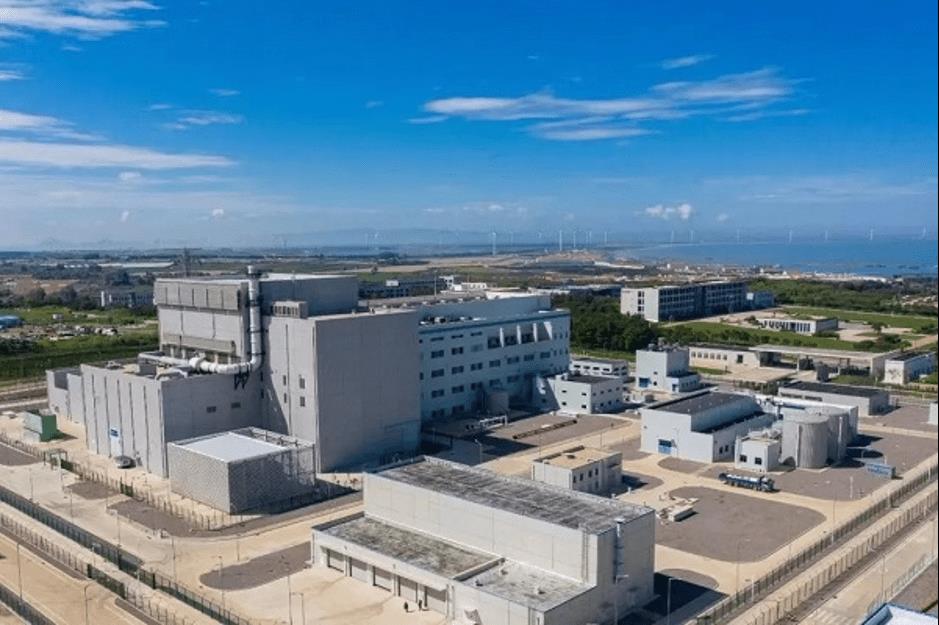(MENAFN- Asia Times)
Enthusiasm is increasing worldwide for small modular reactors (SMRs) and advanced modular reactors (AMRs).
The International Atomic energy Agency describes SMRs as“advanced nuclear reactors that have a power capacity of up to 300 MWe [megawatts electric] per unit, which is about one-third of the generating capacity of traditional nuclear power reactors.”
SMRs can be sited on locations not suitable for larger nuclear power plants, while prefabricated units of SMRs can be manufactured and then shipped and installed on site, which should make them more affordable. An SMR can be installed into an existing grid or remotely off-grid, as a function of its smaller electrical output. SMRs are also considered to be safer and to have reduced fuel requirements.
Currently more than 80 commercial SMR designs are being developed around the world targeting varied outputs and different applications such as electricity, hybrid energy systems, heating, water desalinization and steam for industrial applications. These include a wide range of different reactor technologies – from those based on smaller versions of established pressurized water reactor designs to the much more complex molten salt reactors and fast reactors.
While some of these designs are being developed by established nuclear companies, often with government support, others are being put forward by start-up companies with an eye on the main chance but very little technological expertise.
Though SMRs have lower upfront capital cost per unit, their economic competitiveness is still to be proven in practice once they are deployed. Currently, SMRs are under construction or in the licensing stage in Argentina, Canada, China, Russia, South Korea and the United States.
To date, only Russia and China have operating SMRs. Russia's Akademik Lomonosov, the world's first floating nuclear power plant (FNPP) began commercial operation in May 2020. China's HTR-PM, a pebble-bed modular high-temperature gas-cooled reactor (HTGR) began commercial operation in December 2023.

Russia's Akademik Lomonosov. Image: vajiramias
For power generation, Akademik Lomonosov has two KLT-40S reactors, based on icebreaker propulsion reactors. Together they provide thermal reactor power of 300 MW, which is transformed in two turbo-generating sets into 70 MW of electricity (gross). The vessel was towed to its mooring site in Pevek, in the Arctic, from the Baltisky shipyard in St Petersburg where it was built, stopping at Murmask on the way to take on nuclear fuel.
The FNPP faced a series of delays and cost at least six times more than originally planned – something that faces almost all first-of-a-kind projects. However, it had on-going government support and access to Russia's nuclear design bureaus and research institutes.
The Akademic Lomonosov has now been successfully supplying both power and heating to the Pevek region for more than four years and has become the basis for a series of further FNPPs and ground based SMRs now under construction in Russia. These will provide energy and heat to industrial development projects in the Arctic that would otherwise have no access to power. They use larger RITM-200 reactors developed for the latest nuclear icebreakers of Project 22220.
All these projects are on schedule and on budget and Russia is also in talks with several countries for their export. Despite the delays and cost over-runs, the investment has paid off.

China's HTR-PM. Phoro: CNNC
MENAFN25062024000159011032ID1108372775
Legal Disclaimer:
MENAFN provides the information “as is” without warranty of any kind. We do not accept any responsibility or liability for the accuracy, content, images, videos, licenses, completeness, legality, or reliability of the information contained in this article. If you have any complaints or copyright issues related to this article, kindly contact the provider above.